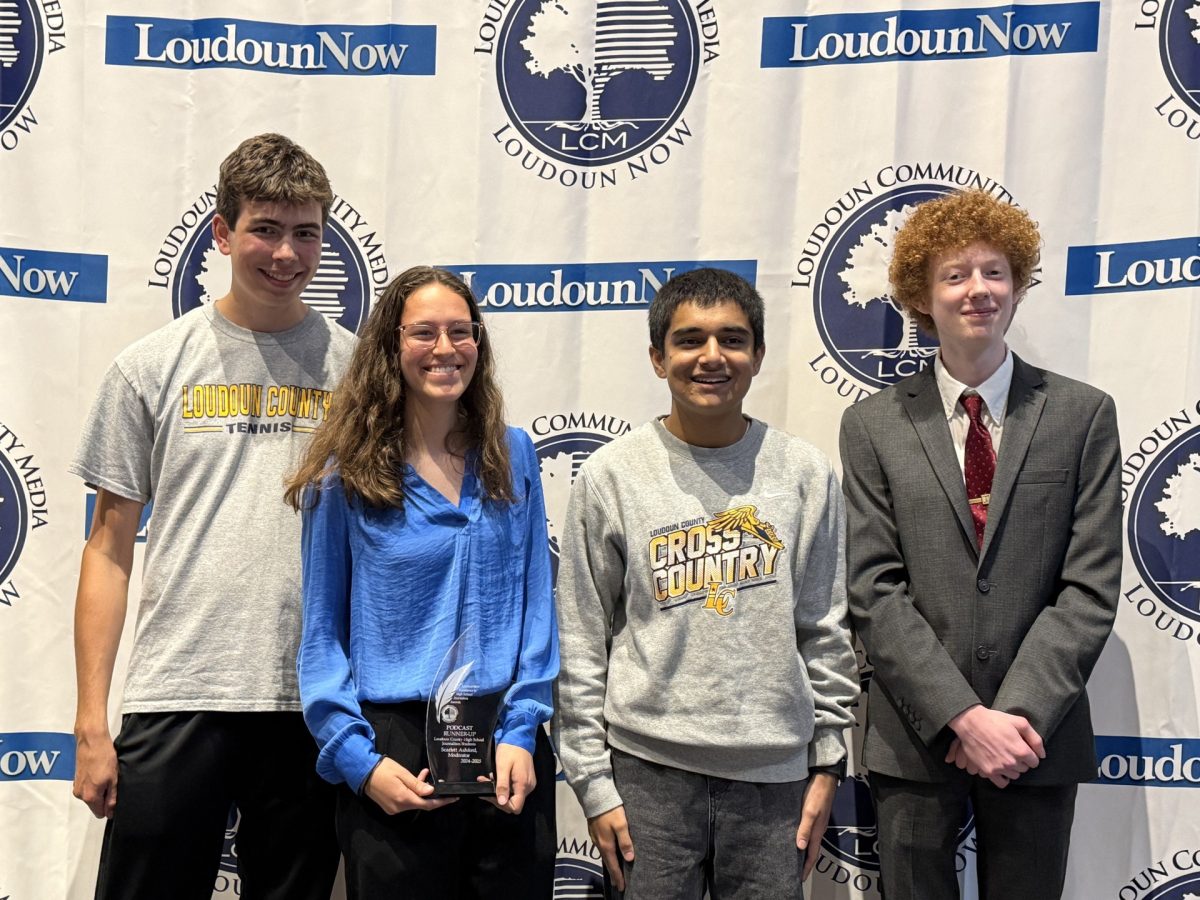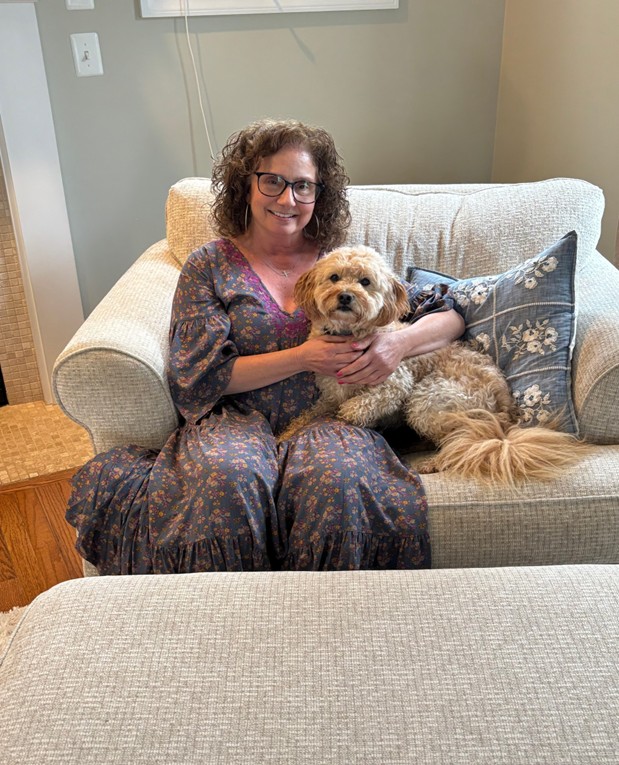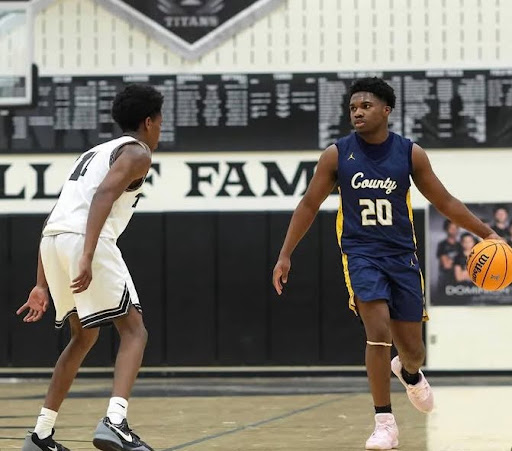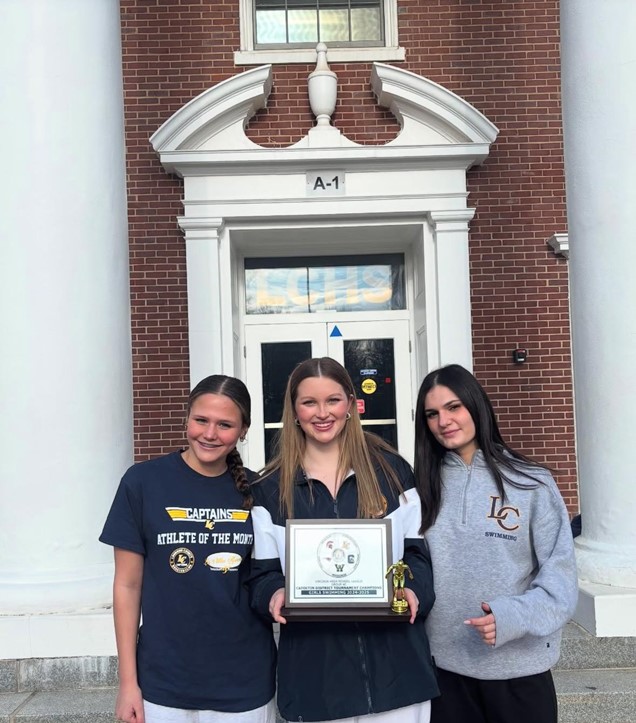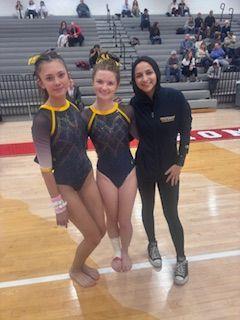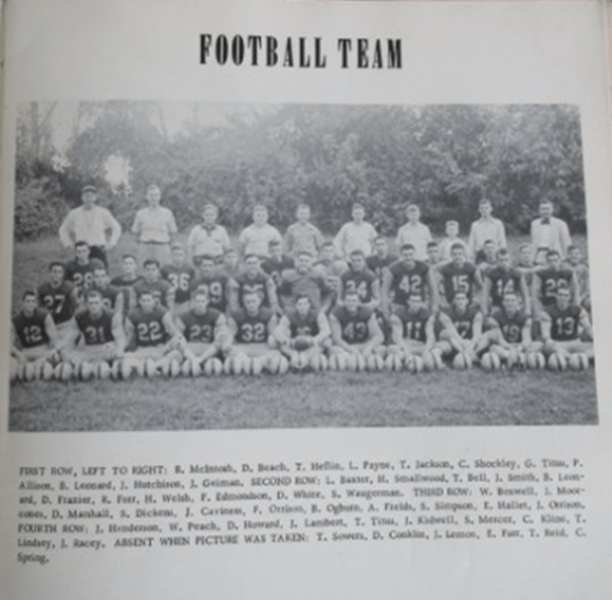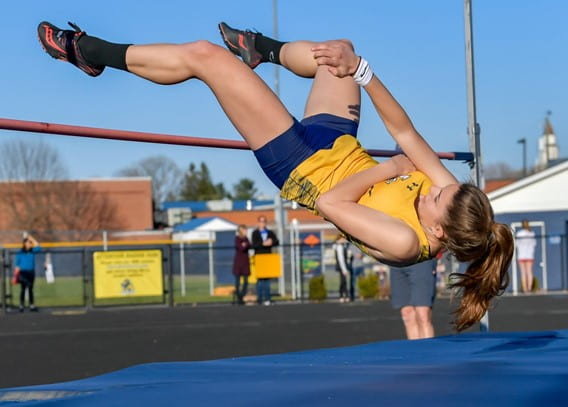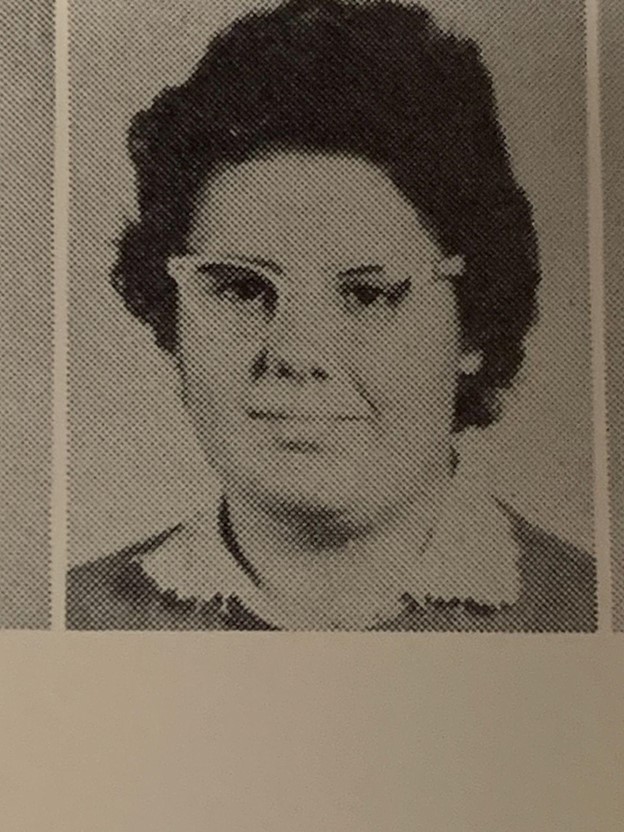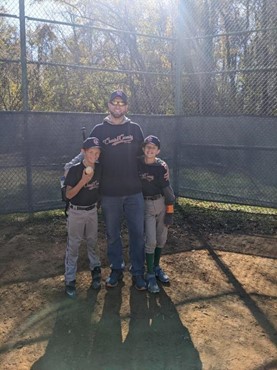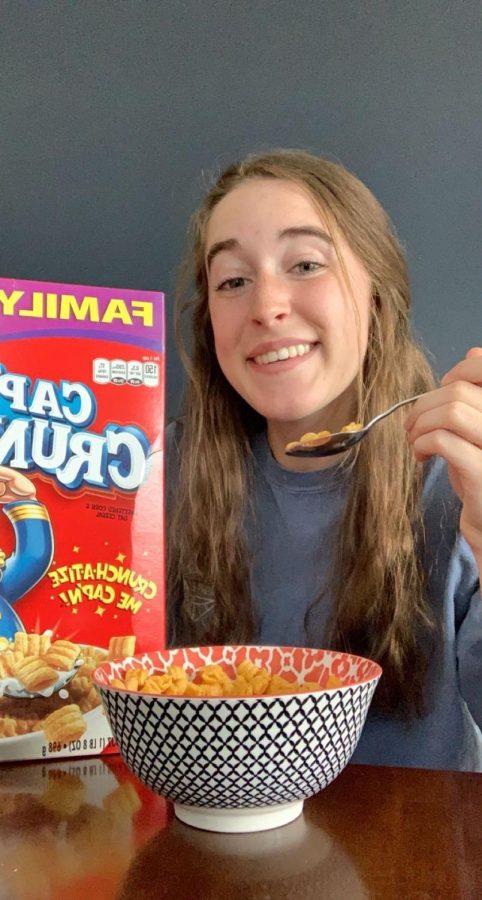Roughly once a month the roles between teacher and student are reversed. With the development of the new Spanish professional development program, teachers are able to use an app to learn Spanish and collaborate with students who help support them. Also known as Spanish Conversation, the idea came about in 2024 by Dr. Michelle Luttrell. The school, which is actively committed to ongoing professional learning, expects the teachers to go to some type of learning throughout the year with a few different choice options available. Spanish Conversation, which was one of the options available, was picked by approximately more than half of the faculty, which ranged from teachers, members of the school administration team, school counseling, and the united mental health team.
“They’re coming together in small groups throughout the year, and we’re also bringing in students from different classrooms to help support their learning,” Rebecca Upchurch, who works in school-based instruction, said.
Upchurch said that the teachers are using a free program called Duolingo, which they can access on a phone or computer, to learn vocabulary this year. Teachers meet during their planning blocks, and they do not always meet with the same colleagues or students. “One of the first things they do is they sit in their, kind of their home group, we call them their little school family groups, and they do introductions.”
Upchurch said that the teachers complete a variety of activities, such as writing a script that uses vocabulary centered around shopping, restaurants, and travel. “They talked about those things and then they presented to the group,” she said.
“As somebody who does a lot of professional learning, I have absolutely loved these sessions for a few reasons,” Upchurch said. “Having the students there really just is what makes it so amazing, and that is consistently what I hear from the teachers.”
Upchurch said that engaging with students was one of the things about the program that the teachers loved the most, and that the relationships that have been building have been great.
The students are, at the end of the day, are the biggest support to the teachers, whether it is to help the teachers figure out if a word is grammatically feminine or masculine, to word pronunciation, to answering questions about the language.
One of the things that Upchurch really loves about the program is the fact that the teachers have been really open about their learning, which may feel vulnerable to some. “I think it’s good for them to model for students that it’s okay to be vulnerable in learning, it’s okay to make mistakes, it’s okay to not know anything, and just to keep showing up and trying.”
“I like this program because it unearths lots of knowledge that I have of Spanish, of the Spanish language, and I know more than I give myself credit for,” Tamara Tucker, a teacher assistant for special education, said, who previously had six years of Spanish experience and struggled verbally with the language after stopping Spanish to take up German. “The best part of it from a community perspective is having interactions with the Spanish students and trying to learn it through the mistakes and them helping us learn it, correcting us, it’s just fun. It’s a fun facet of learning a language.”
“What it’s doing for me, this program, is unlocking all the Spanish I really do know and giving me confidence in speaking,” Tucker said. “Hopefully by next year, if the program continues, I’ll be able to just converse with ease and confidence.”
“The best part of this PD program is that it gives teachers that sense of vulnerability that a lot of times our students have,” Jana Wagoner, an instructional technology facilitator, said. “And the sessions are awesome because the kids get to be experts. So we need help, and it’s just so great that these kids who have faced that vulnerability a lot recently can see us like that. It creates connections.”
Through the Spanish PD program, Wagoner, who started with a blank slate and never took a class in the language before, can now pick up conversations. Her personal favorite activity done through the program were the madlibs, where the teachers were giving pets human names. She learned through the native Spanish speakers that in their culture, they do not give pets human names.
“Being a part of the Spanish Language PD has changed the experience of dining in Mexican restaurants for me. I love that I understand the menu better, and now, instead of the music being mainly background, I actually try to translate the lyrics of the songs in my head,” Wagoner said. “There is an El Salvadoran bakery near where I live that is amazing, and there is always someone there who speaks English, but I’m trying to work up the courage to order in Spanish one day.”



